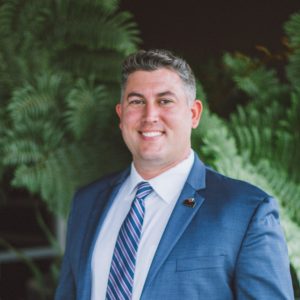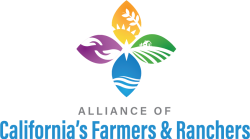BY IAN LEMAY SPECIAL TO THE SACRAMENTO BEE
UPDATED SEPTEMBER 05, 2021
Right now, California’s agricultural industry needs to hear from our state’s leader, Gov. Gavin Newsom, regarding his vision for the future of water and agriculture in the Golden State. From where we stand, the future of California as America’s Salad Bowl is far from certain.
The state’s recent action to curtail water for users of the Sacramento-San Joaquin Delta watershed is the latest in a series of devastating blows to California’s $50 billion-a-year agricultural industry.
As California’s growers, farmworkers and farming communities continue to be gripped by historic drought, and with the impact of the Sustainable Groundwater Management Act looming, we deserve answers to the tough questions.
What is the plan for the future of Central Valley communities? As The Sacramento Bee reported earlier this year, the Central Valley is one of the fastest growing regions in the state, and cities are already failing to meet the demands for drinking water in the region.
How will SGMA affect farmers throughout our state? Nobody contests that groundwater practices in our state must become sustainable, but we need to know how many acres will be removed from production, especially in the Central Valley, where agriculture accounts for 20% of the economic output and where nearly 1 in 5 people is employed in the industry.
Is the plan to build back better? The shortcomings of California’s water management system have been laid bare by the latest drought, and billions of dollars already approved to increase the state’s water storage capacity lay dormant in state coffers.
Is there a plan to ensure California’s agricultural industry remains competitive? Or is the plan to remain eerily silent on these questions and let the nation’s most productive agricultural industry suffer death by a thousand cuts?
When can we expect answers? For more than three years, Californians have waited on the state to find resolution on the voluntary agreements for the Delta watershed, yet we continue to wait. This year, Central Valley residents requested $800 million from the state, via Senate Bill 559, to fix the impaired projects of the Valley’s major water infrastructure. The $800 million isn’t merely what is requested, it is what is needed.
Yet again, we continue to wait.
With water allocations slashed, wells running dry and groundwater depletion leading to fertile farmland literally sinking beneath our feet, we can no longer afford to kick the can down the road while we wait for state leaders to act.
In truth, Newsom has been dealt one of the toughest hands of any leader in our state’s history. From the pandemic to unrelenting wildfires, the seemingly intractable homelessness crisis and the return of historic drought, Newsom has faced more than his fair share of crises, and then some.
We are sympathetic to the enormity of the simultaneous challenges facing Newsom and our state. The governor does not control the weather, and he did not pass SGMA into law. But when he decided to run for governor and asked the people of California to give him the job, he assumed a duty to lead on all issues, including water. As the governor of the most populous state in the Union, he must provide answers to these critical questions.
Our industry and our communities have not been immune to the challenges posed by these existential questions. Our farmers and farming communities need answers.

About the Author
Ian LeMay is the president of the California Fresh Fruit Association, one of the state’s oldest agricultural trade associations, and a member of the Alliance of California’s Farmers and Ranchers.

